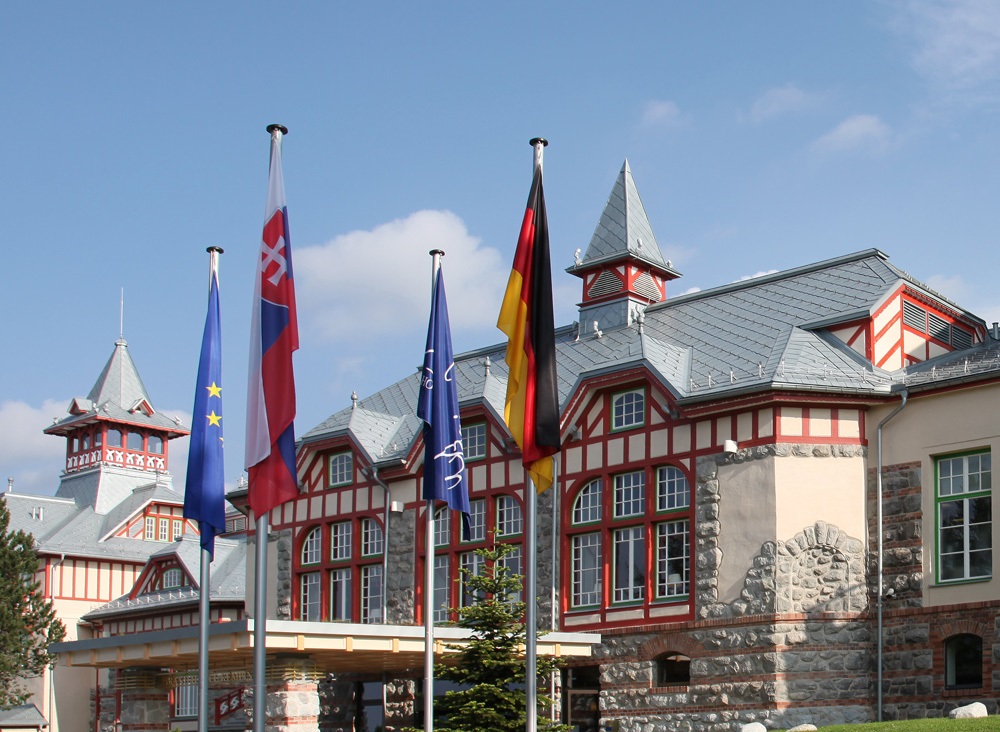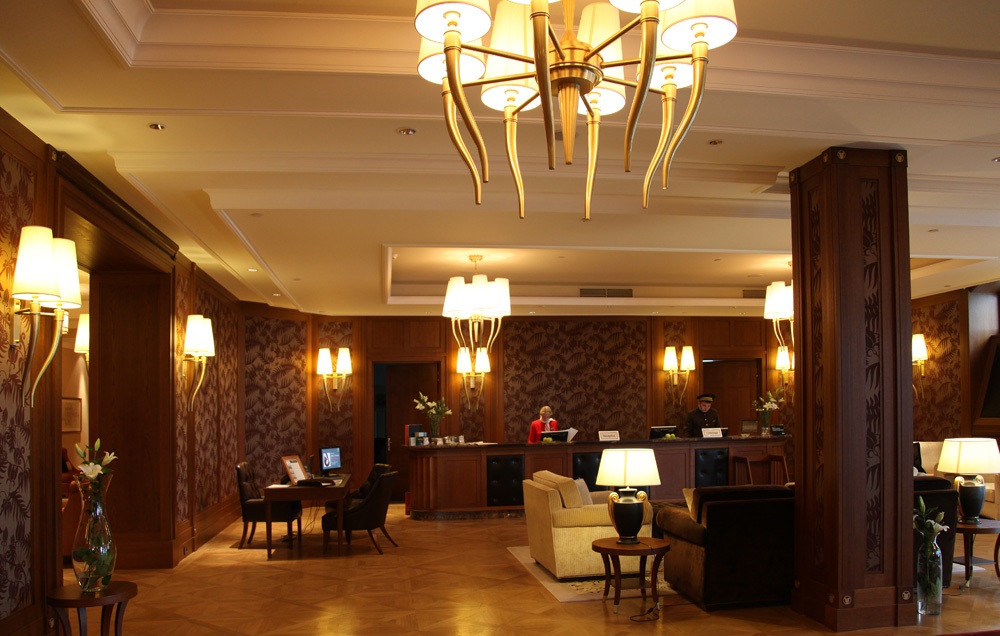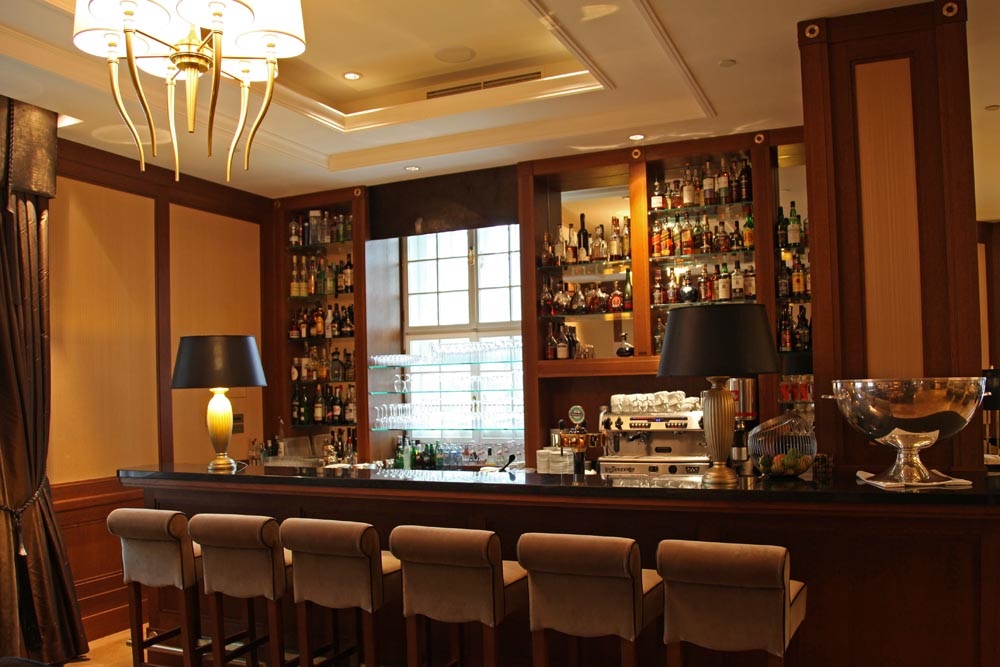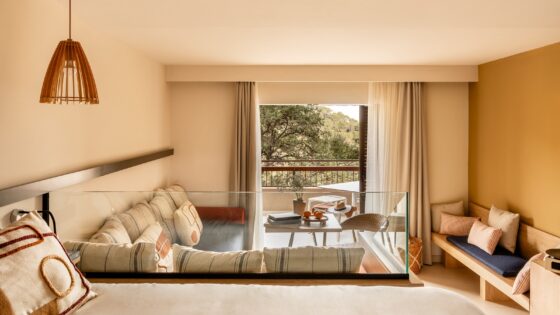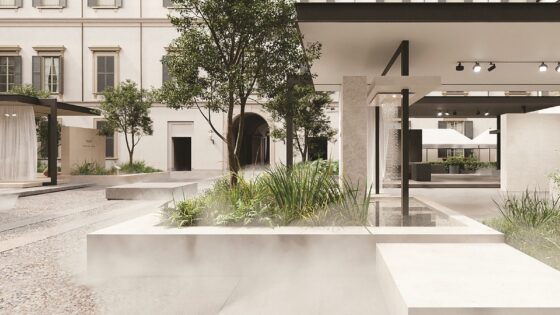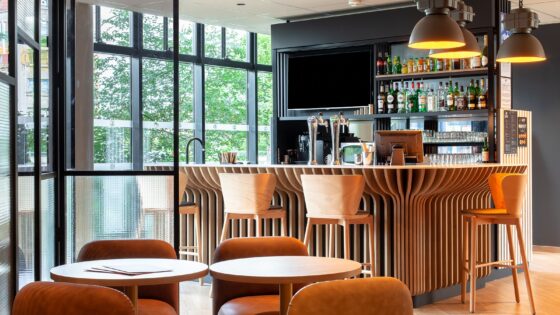I’ve lost count of the number of trips I have made into what we must now call Central Europe over the last ten years. A fascination with the changes being wrought in the formerly oppressed states of what was called ‘Eastern Europe’ has grown into a love of the sense of history contained in the architecture and landscapes.
This, my second visit to Slovakia, was sparked in part by Kempinski’s announcement of the opening of their Grand Hotel in the mountain resort of Strbske Pleso. It was all about driving through the High Tatras, the mountains that span the border between Poland and Slovakia, due south of Krakow, although my ultimate destination was the Angelo in Katowice.
Long a traditional resort for Poles, the area has spectacular scenery of mountains and lakes and the clean air has been seen as a remedy for the ills of city life since the 19th Century. The drive from Austria through the mountains and across Slovakia was beautiful, the roads quiet.
The Grand Hotel started life as a great residence visited by European royalty and morphed into a sanatorium in the peoples republic. It has now become a people’s playground again, albeit with a level of luxury that was probably undreamed of by previous users.As we drove up the mountain road there were tantalising glimpses of turrets and roofs along the hill crests.
The main building has been painstakingly restored with the help of the discovery of light fittings and original colour schemes protected first from invaders and then from state confiscation. The development has been extended along the lakeside by the addition of apartments that will be serviced from the hotel once completed, sharing with the hotel spectacular views across the lake to the mountains in one direction and over the valley in the other. All around are B&B’s and hotels under refurbishment.
Time warped hotels await attention as the state struggles to identify the descendants of owners long gone. Many died in concentration or labour camps or fled from repression. The task is complicated by destroyed documentation and forged documentation alike, so there are still boarded up hotels with hints of previous glories perhaps from the 1930’s lining the roads through an area that even in winter is served by an efficient mountain railway and roads I am told are nearly always passable.
The local community has now taken possession of a ski jump built to service Olympic competitions but then allowed to fall into disrepair. The redevelopment of the ski trails and the infrastructure to create another fine European winter sports area is now well under way, with Kempinski leading the the way with this impressive property.
The status of the hotel was marked by a pale blue Bentley parked in the entrance as we arrived, and the area was thronged with families enjoying a stroll around the lake behind the hotel. The views are spectacular, indeed Slovakia is very beautiful, the mountains even more so, rising to over 9,000 feet/2,700 metres in this region. In the typically changeable August weather we were able to watch lightning playing along the mountains peaks across the lake from the windows of our bedroom.
The Soviet influence is now only apparent in small ways – the hat worn by the porter for example being one of those outsized round Soviet style peaked army hats, an outsized wagon wheel of a hat. Behind the reception counter the striking red dressed Kempinski ‘woman in red’ stood ready to answer all our questions as we checked in. Welcome was five star and one of the memorable things about this hotel was the GM, Gerd Ruge, who’s wealth of experience made a distinct difference to how the design worked, and who stamped his personal style on the hotel as the best GM’s do.
The reception lobby is large and stylish with a traditional reception desk down one side. Guests are offered a welcoming drink and are then shown to their rooms.
Proximity key cards are used but amusingly one of Herr Ruge’s angry moments was when I asked why it showed a red housekeeper when the room was ready to make up, and he revealed he had repeatedly tried to resolve the working of the indicator panel outside the room door as the colour was showing wrongly. I remember reading once how fatalities were caused in hospitals because engineers use red and green in the reverse way to most people, causing confusion with operators. Green means all OK no action needed, red that something needs doing in this reverse thinking, and it seems the well engineered product adheres to this rather than orienting for us normal mortals for whom green means go, red stop.
The buildings are long and straggling, producing changes in level as well as twisting as they follow the line of the lakeside. The forests around the lake have a scattering of villas, some abandoned and overgrown as the state struggles to establish normal ownership patterns. Lakeside paths are busy but on normal workdays and early morning/late evenings a few joggers are all that disturb the wild life. With windows open the room echoed mainly to the sounds of bird song and raindrops, and the tradition of the buildings as a sanatorium suits it well to be a spa resort. The twisting of corridors and changes in level made this an interesting building to walk through and corridor view lines were always short.
The bedrooms are well laid out and furnished, with rugs laid on timber floors. Although the wardrobe was large there was not quite enough drawer space – but then travelling for weeks by car does leave me with quite a large amount to place in an hotel bedroom. The timber floors were broad real timber planks, a little spoiled by faulty maintenance, with the cleaning liquid used leaving a kind of bloom over the plank and not cleaning it effectively either. The bathrooms were truly luxurious, well planned and laid out with soaking tubs and separate walk in showers. The impressive iteration of this in the room for those with disabilities gave one of the most luxurious versions of a DDA room I have seen.
The use of timber in the schemes was extensive and successful and the sophisticated luxury feel was harmonious and restful – no shrieking colours to scream and assault the eye yet the variety of colour tone and texture gave sufficient interest to the eye for the rooms to appear very stylish.
This subtlety in the use of materials continued throughout the public areas, the restraint allowing the real fire in the bar lounge for example not just to register visually though its rosy glow, but to literally glow against the traditional polished timber wall panels, its crackling logs providing an aural and olfactory experience to match the visual sophistication.
The restaurant was on the first floor along with the function room dining and the kitchens, its own log fire burning in the evenings. In the restaurant the skill of Herr Ruge shone through. He had created a small play area for children to one side of the restaurant and whilst they played the tables around were filled with their families , parents acting as a barrier between their offspring and other guests. It was subtly done by the staff, but seemed to work to the benefit of children (who became engrossed in each other) their parents (who watched but rarely needed to intervene) and the other guests.
The restaurant was on the front of the hotel and at first floor gave spectacular views across the valley. The layout, positioning of the waiter stations, separation of the tables and its height gave a sense of space and luxury. The light fittings had been rescued from where they were hidden in 1938 and restored again grace the room. Note of caution – if anyone offers you a Slovakian spirit aperitif beware, damn things remove your throat lining!
Private dining ranged from a wood panelled room with views across the lake to a small turret room offering romantic dining for two at the very top of the hotel with 360° panoramic views all around. In addition there is a healthy eating area in the spa and leisure complex.
The spa and leisure complex is large and comfortable. The pool has views to the mountains and the lake and there are plenty of loungers and small cabana style areas for day long lounging. The reception desk bar counter an office are grouped together , minimising staffing needs, and there is a small gym and well designed treatment rooms for massage and other therapies.
Kempinski have a gem of a hotel in a fantastic position. Location, location, location is the mantra, and this is wonderfully located to take advantage of developments in the High Tatras, one of Europe’s remaining underdeveloped scenic areas. As the popularity of this area grows and it increases in prosperity so the hotel will inevitably prosper.
© Words and Pictures Patrick Goff. From a visit in August 2010

